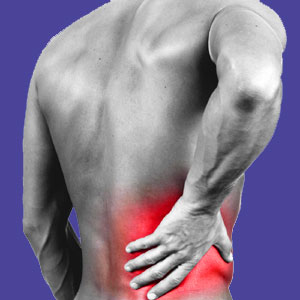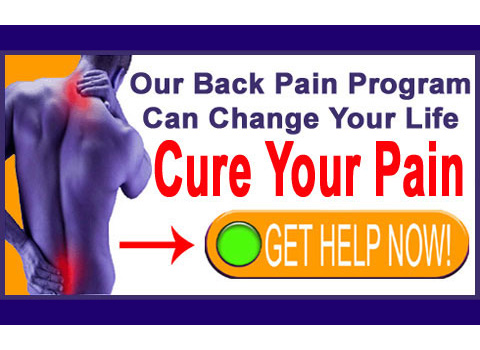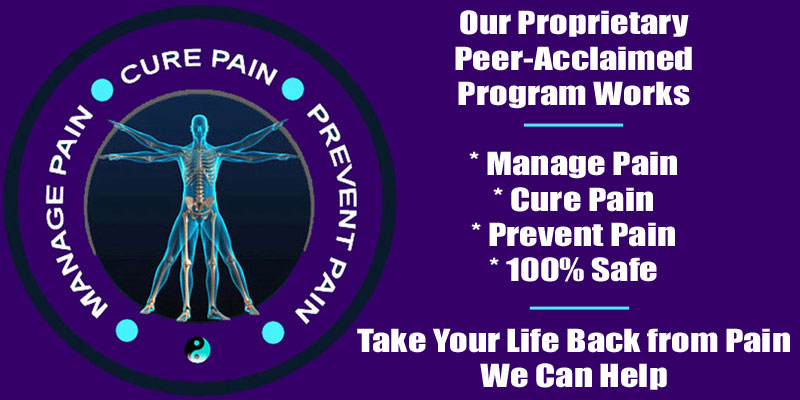
Are you having a lower back pain relapse right now? Is the pain ruining your life? Is it preventing you from working and taking care of yourself and your family? These are typical consequences of severe low back symptoms. Many people must cope with recurring episodes of lower back pain and have little hope of ever being completely free from their suffering.
Why does lower back pain recur in so many patients? How can these relapses be prevented? Is it possible to actually find a true and lasting cure for lower back pain? These questions are probably on your mind right now and we can help you to discover the answers.
This essay focuses on relapses of lower back pain. We will discuss the causes, symptoms and best treatments for these relapses and provide important facts that every patients needs to know.
Lower Back Pain Relapse Symptoms
Relapses can occur after any initial or subsequent attack of low back pain. A relapse, by definition, is a recurrence, so this condition can describe any flare-up that occurs following a preliminary expression of pain.
Relapses can occur quickly after feeling better from an initial presentation of low back pain or at any time in the future. The majority of patients who suffer a relapse will do so after some time being pain-free, but will also suffer more frequent relapses in the future, possibly leading to a condition of chronic lower back pain at some point.
Relapses might be more or less severe than the pain episode that preceded them. Additionally, symptoms might mirror previous episodes of pain or might take on new expressions occasionally or regularly with each new flare-up.
When relapses become more severe, patients are generally frightened and tend to pursue more dramatic treatments, while when relapses are less severe, patients do not suffer as much anxiety, since they feel this might simply be a minor setback in their full recovery.
Lower Back Pain Recurrences
Any type or cause of lower back pain can create a recurrence of symptoms. This includes purely structural, purely psychoemotional and systemic pain conditions. Often, recurring lower back pain is a result of more than one of these causative factors working together to enact ongoing symptoms.
It should be noted that relapses of lower back pain are often blamed on specific circumstances, such as a trigger mechanism (injury or occurrence), but in many cases, the onset is simply coincidental or even simply acting as a scapegoat for an unrelated mindbody pain syndrome to gain anatomical plausibility. In other less common cases, something does physically change that causes pain to recur again.
Recurrent pain due to purely structural causes is rare, since treatment will generally target and resolve these anatomical origins. When pain persists and recurs despite indicated active care, the true source is virtually always the mindbody processes using ischemia as its symptomatic enforcer. This is a truth that goes for most forms of musculoskeletal pain of an episodic nature.
Lower Back Pain Relapse Care
Just because pain comes back does not mean that something is necessarily wrong. Many people have idiopathic pain that can not accurately be linked to any structural cause. This is actually a very good thing, since these patients will not be led into unnecessary treatment for conditions which are not anything more than scapegoats for their suffering.
In cases where a known issue is the underlying cause of recurring pain, the most logical path is to resolve that issue using appropriate medical intervention. While we generally do not recommend surgery, in some cases, an operation can solve long-standing pain problems and end recurrences. Similarly, this can also occur using targeted nonsurgical therapy, like spinal decompression, for some disc-related diagnoses.
When it comes to unresponsive pain that seemingly defies login in terms of severity, duration and expression, the causes is almost always psychoemotional. In these cases, and the number of them is indeed legion, the only truly indicated and effective treatment path is knowledge therapy. This is the only care practice that gets to the core of the symptomatic mechanism and ends it once and for all. Successfully treated patients have been able to break pain cycles lasting decades without any additional physical treatment whatsoever.





